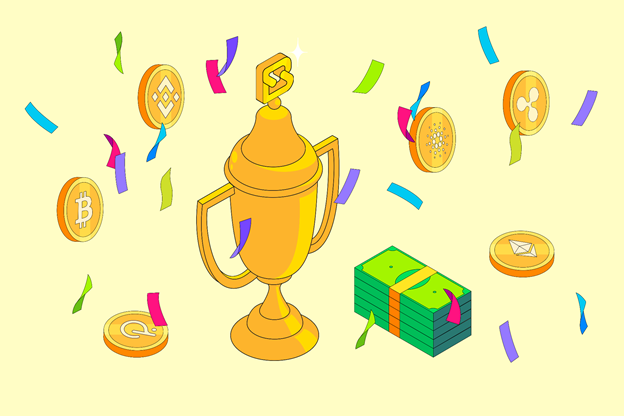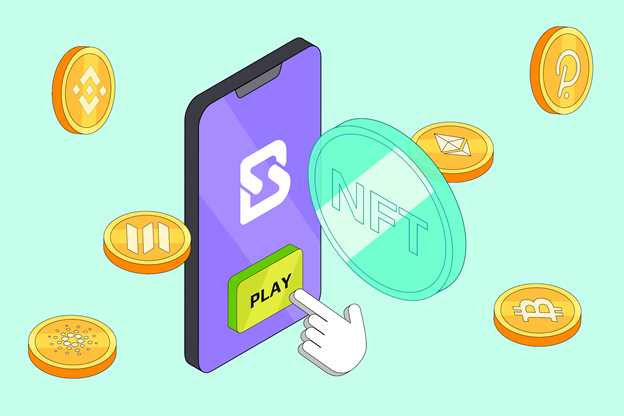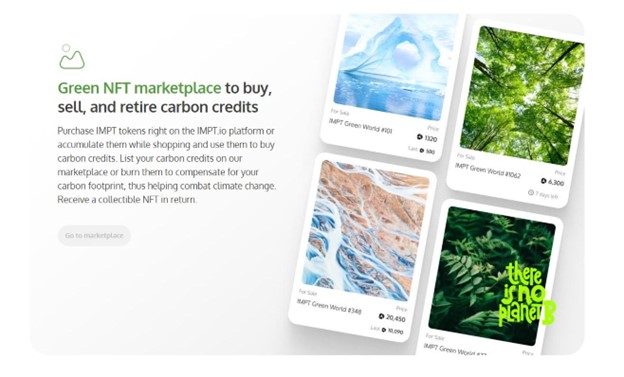Play-to-earn games have made a big splash in the online gaming market. Here’s all you need to know about NFTs.
With the recent success of NFT games like Axie Infinity and Gods Unchained, the gaming market has had no choice but to take a long hard look at play-to-earn games as a legitimate entry into the medium. So, what are play-to-earn games and what do they have to do with NFTs? While NFTs may be new, the idea of play-to-earn gaming has been around for a while. Fantasy trading platforms like StockBattle or Investr have been letting users earn real money by competing for years. We’ll go over the basics so that you can feel confident to hit the ground running on your NFT journey.
What Are NFTs?
NFT stands for “non-fungible token”. These are original assets that, like crypto, are created on the blockchain. These assets are unique and their identity is confirmed in the same way that coins like Ethereum and Bitcoin are. The biggest NFTs even use the Ethereum blockchain for validation. These one-of-a-kind assets are yours and yours alone and can be bought, sold, and traded just like any physical non-fungible asset.
Understanding Fungibility
When we talk about a valuable asset, we have to talk about fungibility. If something is fungible, it means that it can be exchanged for any other version without gain or loss. For example, paper money is fungible. A $20 bill is functionally identical to any other $20 bill. Cryptocurrencies are fungible, there is no physical token, so every single Bitcoin is identical to every other Bitcoin. This is the basis of every currency.
So, what kinds of things are non-fungible? A great example would be something like baseball cards. While all baseball cards are the same size, shape, and likely similar value to produce, some are inherently more valuable than others. Better players or older cards will fetch a higher price than a brand new card of a player no one’s ever heard of. Even cards of the same player can have wildly differing prices based on the physical quality of the card.
How Do NFTs Help?
NFTs can be thought of as a sort of digital baseball card. One of the biggest issues when it comes to ownership of a digital item is the ease with which any digital data can be copied and shared. Any image, song, or document can be effortlessly shared any number of times making “ownership” virtually impossible.
NFTs are all created on the blockchain just like all cryptocurrencies, meaning that there is a constant record of what happens to each one. Once it has been created, there is only ever one of them and there will be a permanent, verifiable record of what happened to it, who sold it to whom, and for how much. This creates a fair, consumer-driven market where people can finally have digital collections with real-world value. NFTs are typically bought and sold in crypto, many even have their own unique coins that are traded on sites like Binance and used to make purchases in-game.
What is a Play-to-Earn Game?

Play-to-earn is a title that fits a wide variety of games. Fantasy trading platforms like StockBattle let users earn money by selecting up to five cryptocurrencies to add to a virtual portfolio in head-to-head competitions. Technically, even video poker is a “play-to-earn” game, albeit it has a far lower reliance on skill than others.
The biggest NFT game on the market today is easily Axie Infinity. The basic idea of Axie Infinity should be familiar to anyone who’s ever played a game like Pokémon. Players can collect various creatures called “axies” that they can use to battle other players. As you win battles, your axie grows stronger and players can eventually sell them for real money to other players.
Axie even sells their own coin, AXS, on Binance and Coinbase. This means that even more traditional crypto users can benefit from adding it to their portfolio and removing any barrier to entry for crypto holders.
But that’s just one type of NFT game. The same basic idea can be applied to any genre of game. Collectible card games like Gods Unchained are a great twist on games that people already know and love, like Hearthstone, but with the added bonus that the cards that players buy are theirs to own forever and to sell/trade as they see fit.
This style of play means that players who put in the time to learn the mechanics and get good at the game have a chance to see financial gains from their time investment. That character that you’ve spent hundreds of hours leveling up might just fetch a huge price on the open market.
How Can I Make Money on NFTs?
In theory, it’s as simple as buying an NFT, increasing its value, and selling it to another user. However, the reality is often more complicated than that. NFTs are commodities, not a currency so, unlike Bitcoin, the price of one NFT can be radically different from another. Since the value of a given NFT is less dependent on large-scale market forces, it can be hard to predict how a certain one will behave in both the short and long terms.
This means that the value of any given NFT will depend on the overall size of the game. Games with larger player bases are more likely to have a better market and users who are more likely to pay for what you’ve got. However, things like balance patches and content updates can swing the value of NFTs in games wildly, so it’s important to always stay up to date on the latest happenings.
With that said, since many NFTs use their own decentralized cryptocurrency, changes in the larger crypto market can have significant impacts on the real-world prices of NFTs on that market.
Are NFTs Different From Crypto?
The biggest difference between play-to-earn NFTs and crypto is that these NFTs do not appreciate in value on their own. Whereas cryptocurrencies rise and fall based solely on market forces, the value of a play-to-earn NFT is based solely on the gameplay or collectible value of it. If a player puts the time in to level up their character in a game like Axie Infinity, they almost certainly will be able to sell it at a price higher than what they paid for it. Whereas crypto often rewards long-term holding, play-to-earn games reward users who actively participate and take the time to understand the mechanics and nuances of the system. Playing more makes your NFTs more valuable simply by having been used more.
What’s Next for NFTs?
As the idea of play-to-earn gaming has spread like wildfire, more and more groups have been looking into new avenues where the technology might fit. Two of the most likely are fantasy sports and fantasy finance. These make great avenues for combining NFTs with more traditional, real-world endeavors. Imagine if those baseball cards went up in value after a player had a good game or the market heated up for players from a championship-winning team.
Fantasy finance presents even more intriguing opportunities. Imagine a whole new market for company stocks, but one with no connection to Wall Street. A completely decentralized market owned by the users instead of the companies. Fantasy trading of NFT stocks could revolutionize what it means to invest in the stock market by removing the central hub and spreading the market among a much wider pool of users.
Get a Leg Up On the Competition
With the inevitable rise of NFT stocks in fantasy finance, it’s an ideal time to check out apps like StockBattle or WealthBase. Getting familiar with the basics of commodity trading will put you in a much better place to capitalize on emerging markets and get in on the ground floor of the next big thing.











